
Dec 12, 2025 • 12 min read
Catch the sunshine on Agadir's beaches, go shopping, and admire Amazigh jewelry and modern architecture in the oceanfront city of Agadir.

Dec 12, 2025 • 12 min read
Catch the sunshine on Agadir's beaches, go shopping, and admire Amazigh jewelry and modern architecture in the oceanfront city of Agadir.
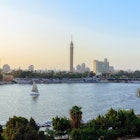
Dec 12, 2025 • 5 min read
Cairo never stops, except for traffic jams. Find your way around with this guide to the city's Metro and bus network, taxis and alternative transportation.

Dec 12, 2025 • 6 min read
Mix French charm with West Indian joie de vivre, and you this delightful Caribbean island. Here’s an introductory guide.

Dec 11, 2025 • 6 min read
Puglia has some of Italy's cutest villages, quirkiest architecture and dreamiest beaches. Here are the eight top places you should check out.

Dec 11, 2025 • 9 min read
See the best of Dublin without spending a cent at these free museums, nature walks, parks and other top attractions.
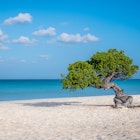
Dec 11, 2025 • 5 min read
Snorkel, swim and spot turtles at these top beaches in Aruba.

Dec 11, 2025 • 5 min read
Key West is famously kooky – and famously pricey. Yet the attractions and experiences we’ve rounded up here won’t cost you a dime.

Dec 11, 2025 • 11 min read
Here are the top places in Egypt to kick off your shoes, dig your toes into the soft sand and unwind beside diamond-clear waters.

Dec 11, 2025 • 7 min read
From Buenos Aires, the lively capital city, to natural wonders like waterfalls, salt flats and mountains, this is the best of Argentina.

Dec 10, 2025 • 7 min read
Music is an essential part of this culture-rich city. Here's how you can find the best sounds at the best spots.
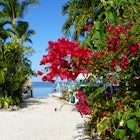
Dec 10, 2025 • 6 min read
The northernmost of the Florida Keys, laid-back Key Largo offers world-class diving and snorkeling, encounters with birds and much more.

Dec 10, 2025 • 7 min read
There’s more to Marbella than what can be seen through designer sunglasses. Add Marbella's top activities to your Costa del Sol itinerary.

Dec 10, 2025 • 10 min read
While Guatemala is famous for ruined pyramids and dramatic volcanoes, its beaches give you plenty of sublime stretches of shoreline to enjoy.

Dec 10, 2025 • 7 min read
Türkiye has diverse regional specialties, flavors and ingredients, and İstanbul is a place where you can try them all.

Dec 10, 2025 • 4 min read
TSA has just recently introduced another alternative called TSA Confirm.ID – but it will cost you. Here's everything US travelers need to know.

Dec 10, 2025 • 7 min read
St-Martin may be quieter than its glitzy Dutch neighbor but it still packs a punch. Plan your trip now with our first-timer's guide.

Dec 10, 2025 • 7 min read
From ancient fortresses to tranquil Buddhist villages, Bhutan offers so much stunning beauty and rich culture. Here are the top 9 places to check out.

Dec 10, 2025 • 4 min read
Cairo is famously hot, and travelers can better experience the city at its fullest in some months. Plan the perfect time to visit with this seasonal guide.
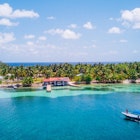
Dec 10, 2025 • 8 min read
Belize has some spectacular beaches, but they're not always easy to find. Here's our pick of the best.

Dec 10, 2025 • 5 min read
With influences from the Atlantic, Mediterranean and the Pyrenées, Toulouse's hearty flavors are a delight. Here's what to try and where.
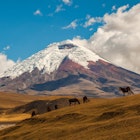
Dec 10, 2025 • 17 min read
Here’s a month-by-month guide on the best places to visit in every month of 2026.

Dec 9, 2025 • 5 min read
This cosmopolitan city on Morocco's southern coast is known for its beaches, modern architecture and plentiful sunshine. Here's how to experience it.